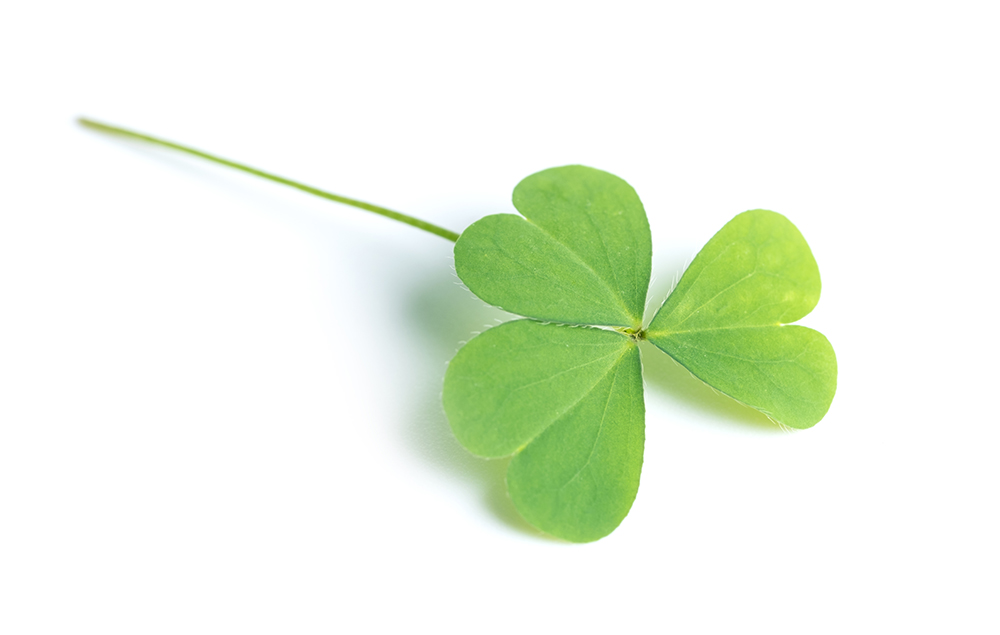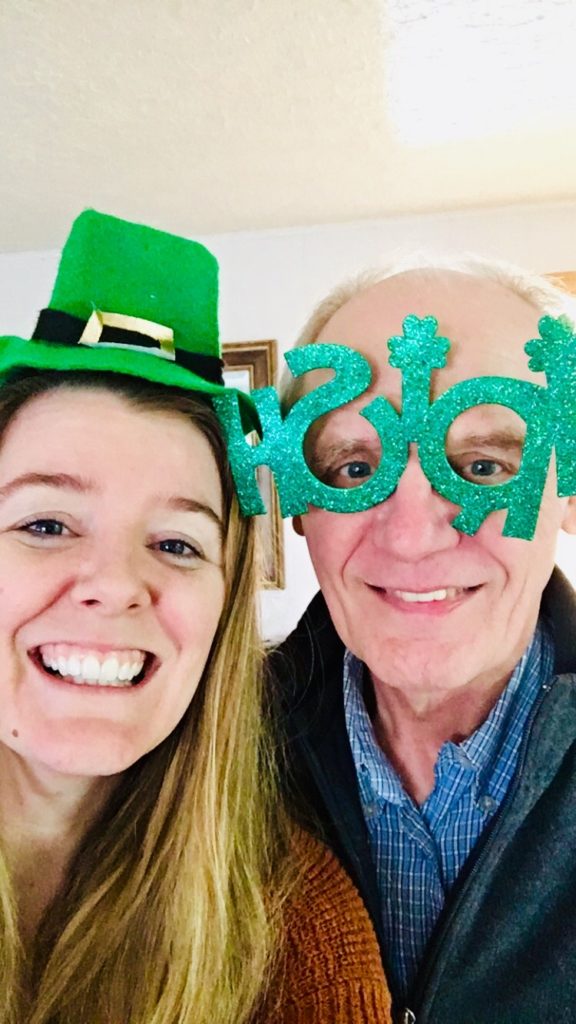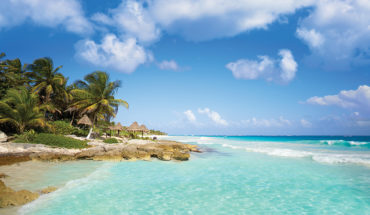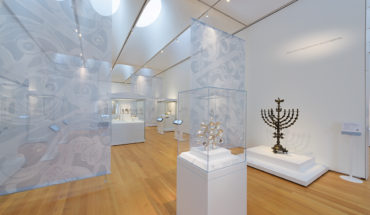A Raleigh Comedian originally from Belfast describes her hilarious perspective on how Americans celebrate St. Patrick’s Day
by Helen Wildy

When I found out my family was moving from Belfast, in Northern Ireland, to the United States in 1992, I was terrified. In our family meeting to discuss the move, it sounded like a fun adventure: America! That’s where they make Disney movies! …but we didn’t know a single person there.
I was in my second year at Harmony Hill Primary when my teacher announced to the class that “one of us” was moving to the U.S. I had gotten in enough trouble in class to know that “one of us” was always me.
She pulled out a globe to show everyone where I was going and spun it so slowly across the Atlantic that I thought it would take us six months to get there.
We moved to the States in late October. Unbeknownst to me, my first day of school was the day of the class Halloween party. I was excited about wearing jeans to school for the first time (school uniforms in Ireland are very formal — picture Hogwarts).
But on my first day, I found myself face to face with a student dressed like the devil. Weird country.
It’s hard to be different as a child. Even though Americans now tell me, every day, that they wish I’d “kept my Irish accent,” that was not a popular opinion in middle school. My brothers and I would practice our American accents to pass as normal at school and would only dare sound Irish at home. We even came up with a sentence to practice the most different vowel sounds between the accents:
“Should I bring my towel to your house or do you have one I can borrow?” (Versus, “Should I bring me tool to yer hoose or do yer have oon I ken barra?”)
This phrase doubled perfectly as preparation to be invited to one of those famous American pool parties. You have pools at your houses?! Incredible! (I was finally invited. Nearly drowned. But I had the right towel!)
Spending holidays back and forth visiting Ireland, I’d regale my cousins with stories of life in America and my American friends with tales of my family back home. My cousins laughed at the notion that Americans picture them eating “corned beef and cabbage” (bacon and cabbage is far more common).
I’d explain to my American friends the delicious potato delicacies at home: curry chips (fries) and champ, a traditional mashed potato and scallion dish in Ireland. Google it. Make it. You’re welcome.
I was blown away by how proudly Americans identified as being Irish. The same kids who made fun of my accent would tell me they were 100% Irish. Though it was a confusing time, I was flattered to know my wee home island across the sea was so beloved by my new country.
My classmates would ask me questions about Ireland and tell me how much they loved Lucky Charms and St. Patrick’s Day. I hadn’t discovered Lucky Charms yet and was surprised to hear how much American kids loved a religious holiday, but I appreciated their enthusiasm. I was particularly impressed with the reach of St. Patrick, the patron saint of Ireland.
I was surprised that Americans with English, Welsh or Scottish ancestry didn’t have the same fervor for St. George, St. David or St. Andrew, since those countries had patron saints, as well.
Come St. Patrick’s Day, my American friends would be double-fisting Shamrock Shakes and wearing “Kiss Me, I’m Irish” pins. All the while, my brothers and I would be out in the yard, checking for snakes. (St. Patrick was known for ridding Ireland of its snakes. And/ or inventing Guinness. I’ll let you guess which.) St. Patrick’s Day was always “Just another day at the pub — except you’d go to church first.”
But in college, I got to experience the full joy of the Irish American St. Paddy’s Day. I’d go to “kegs and eggs” and spend time explaining that it’s “Saint Patrick” or “St. Paddy” but NEVER “St. Patty.” (In Ireland, Paddy is short for Patrick while Patty and Pat are short for Patricia. Saint Patricia is someone else entirely.)
Around this time, my parents started to have an annual St. Patrick’s Day party; they were worn down after years of being asked “You’re from Ireland— what are you doing for St. Patrick’s Day?!” Baffled, my parents would say “Would you like to come over? It’ll be good craic.” (Craic — pronounced “crack” — is the Irish word for fun. It’s a sociable good time, i.e.: “I went to Helen’s last night.” “Was it good craic?” “Aye, the craic was good.”)
We’d make soda bread and stew and play folk songs and sing. Indeed, it was good craic — even if it wasn’t what their friends were expecting: There were no leprechauns, no portraits of St. Patrick, not even a filthy limerick.
When I was in my 20s, I finally leaned into the American Irish St. Patrick’s Day experience. I went to a parade in Pittsburgh and bar-crawled my way through the town’s South Side, an area notoriously known for college bars.
At one point, I called my sweet Irish mother to let her know I had been enjoying my first-ever green beer.
“Can you believe it, Mum? Green beer!”
To which she responded: “Aye, pet, just try to find some green water.”
This article originally appeared in the March 2023 issue of WALTER magazine.






